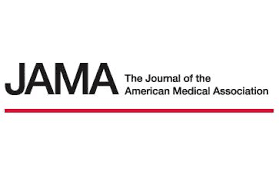“Cannabis has been around for thousands of years and has been used recreationally, medicinally, and for fiber.
Over 500 compounds have been isolated from Cannabis sativa with approximately 105 being cannabinoids. Of those 105 compounds, Δ9-tetrahydrocannabinol has been determined as the primary constituent, which is also responsible for the psychoactivity associated with Cannabis.
Cannabinoid receptors belong to the large superfamily of G protein-coupled receptors.
Targeting the cannabinoid receptors has the potential to treat a variety of conditions such as pain, neurodegeneration, appetite, immune function, anxiety, cancer, and others.
Developing in vitro bioassays to determine binding and functional activity of compounds has the ability to lead researchers to develop a safe and effective drug that may target the cannabinoid receptors…”

 “Occasional and low cumulative marijuana use was not associated with adverse effects on pulmonary function.
“Occasional and low cumulative marijuana use was not associated with adverse effects on pulmonary function.